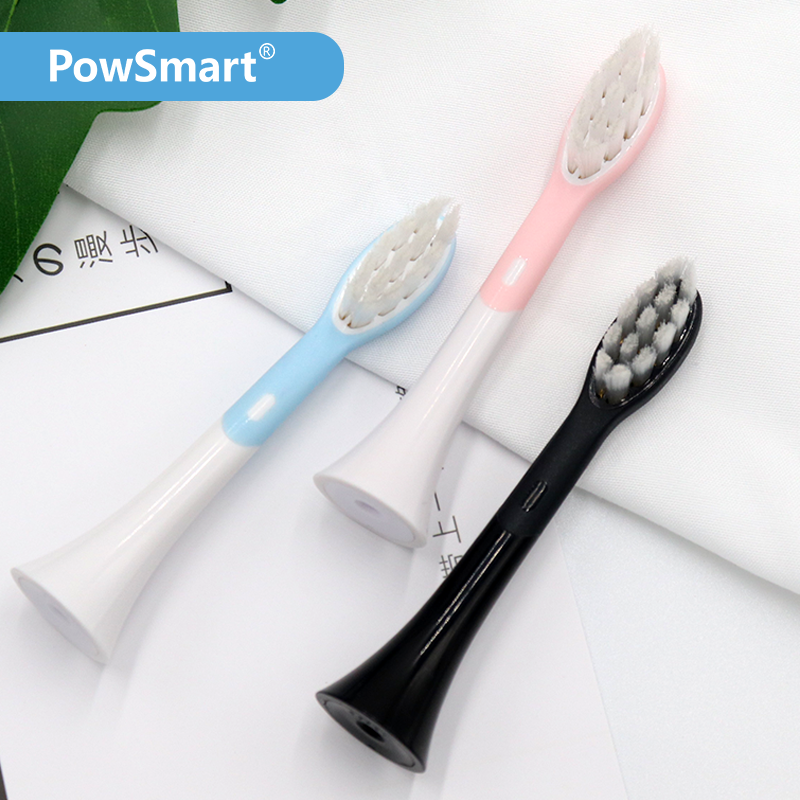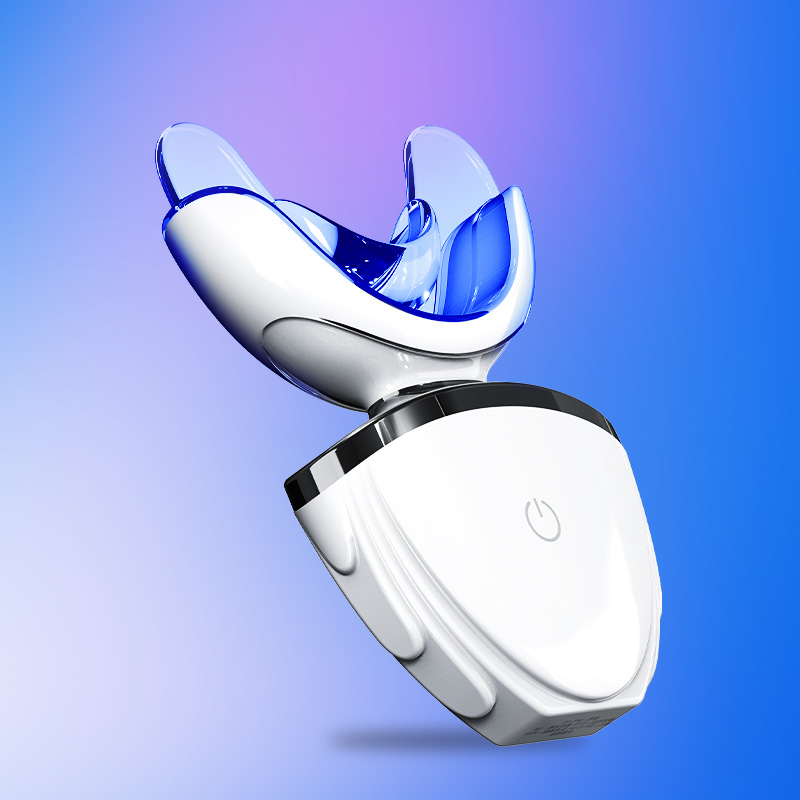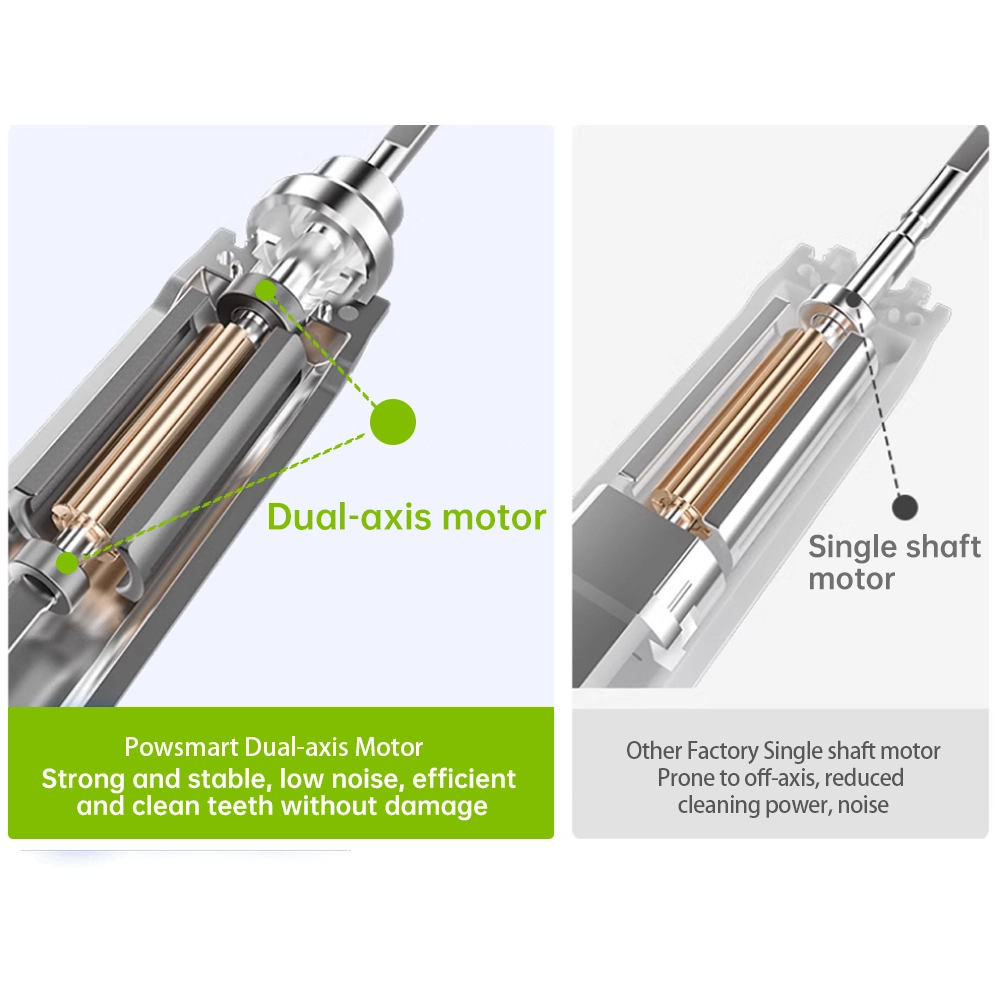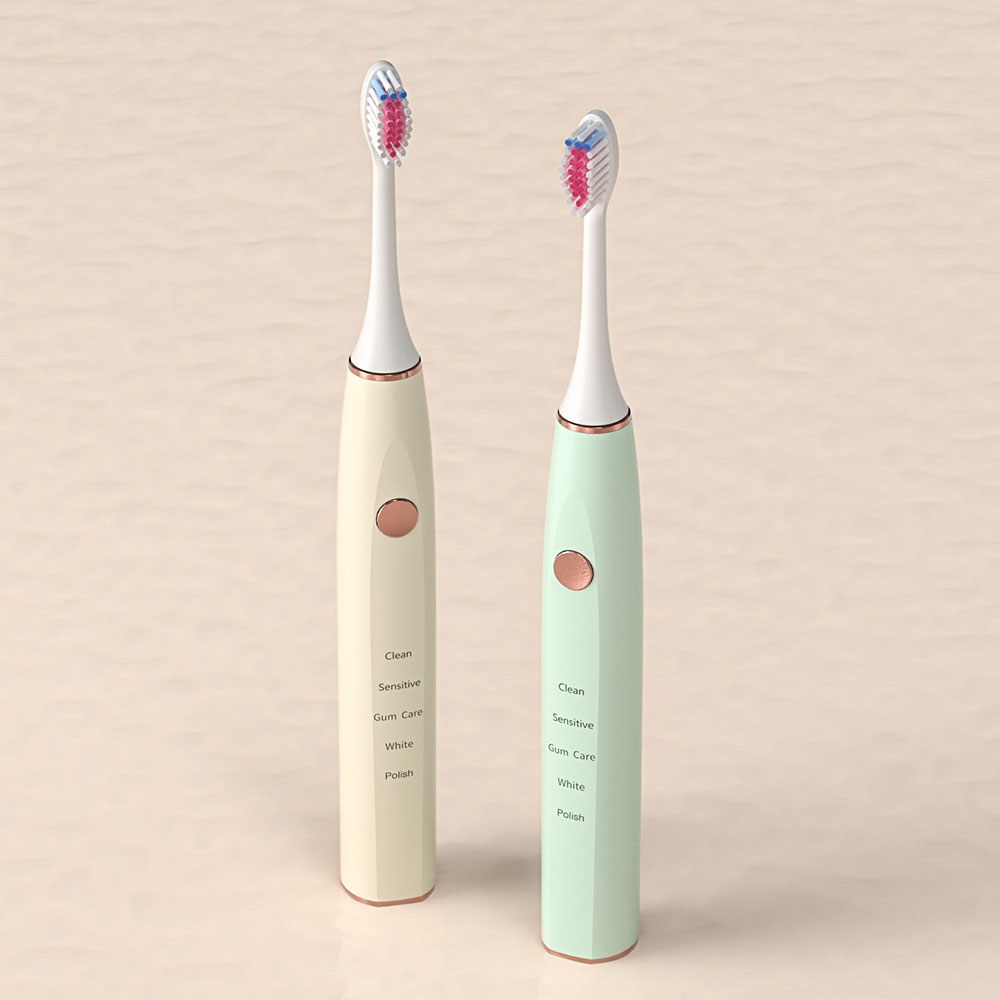When end users complain about short battery lifespan and frequent motor overheating, it signals a broader product durability issue. To address these challenges at their core, B2B manufacturers must optimize across six dimensions: battery systems, motor cooling, component selection, firmware control, holistic thermal management, and rigorous quality assurance.
First, to improve battery lifespan, consider:
By aligning cell selection with intelligent power management, you ensure sustained runtime across typical brushing routines.
Next, tackling motor overheating requires structural measures:
These design choices keep the motor within its optimal thermal envelope even during prolonged use.
Third, selecting robust core components underpins product durability:
Quality materials and manufacturing tolerances ensure your brush withstands repeated use and wet environments.
Furthermore, firmware strategies can safeguard hardware without sacrificing cleaning power:
Intelligent software coordination maintains consistent performance while protecting internal components.
Fifth, a comprehensive heat-management system prevents hotspots:
Combining passive, active, and phase-change cooling techniques keeps internal temperatures stable.
Finally, product durability depends on stringent QA and continuous improvement:
A proactive, data-driven QA framework ensures that each production batch meets your durability promises.
Conclusion
https://www.powsmart.com/Addressing short battery lifespan and motor overheating requires a holistic strategy across battery selection, cooling design, component quality, firmware intelligence, thermal management, and QA. By investing in these six areas, B2B manufacturers can deliver electric toothbrushes with superior product durability, boosting partner confidence and end-user satisfaction. Contact us to collaborate on next-generation, long-lasting oral-care solutions!
-1-1024x576.png)
-1024x1024.jpg)

Are Electric Toothbrush Heads Universal?

Explaining the Teeth Whitening Device and How to Use It
.jpg)
Does a Clinic strength brush qualify as an India medical toothbrush standard?

The Science Behind Sonic Toothbrush Motors

How much does it cost to manufacture a toothbrush?
-3-scaled.png)
Portable Teeth Whitening Device: How to Make It the Size of travel friendly but Maintain 100% Effectiveness?

The Importance of Water Resistance for Teeth Whitening Devices and Anti-Saliva Corrosion Structure

Can an Electric Toothbrush Help Relieve Tooth Sensitivity?
Why Home Treatments Risk Stain Residuals?
Explaining the Teeth Whitening Device and How to Use It?
How Does Portability Enhance Allergen Detection?
Occlusal Discomfort Plus Salivary Alteration – Alarming?
How Crown Compatibility Aligns with Pressure Sensors Tech?
Can Incorrect Brush Head Replacement Frequency Accelerate Enamel Wear?

Discover a Great Reason to Switch to an Electric Toothbrush
Child Compatibility Meets Cold Light Sensitivity: Safe?

electric toothbrush heads Ultra Soft

Customization Teeth Whitening Gel

Electric toothbrush heads Charcoal Infused-Diamond

electric toothbrush heads Charcoal Infuse-Round

Private Label Whitening Gel

electric toothbrush heads Regular Clean
.jpg)
Florida Electric Toothbrush – Powsmart PTR-C8

electric toothbrush heads Deep Clean
whstapp
whstapp
National Toll-Free Service Hotline
+86 755 86238638